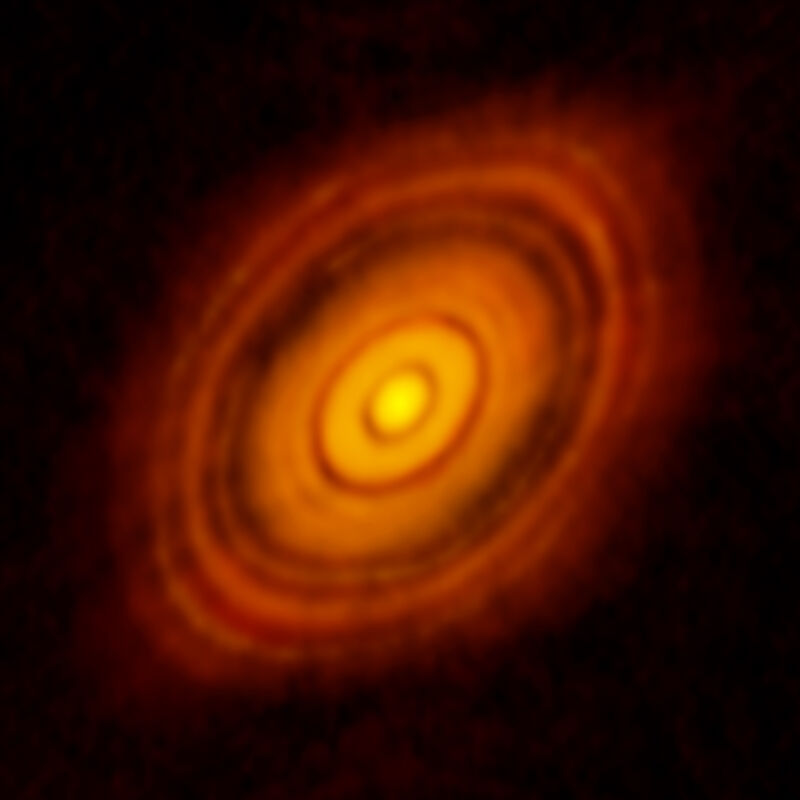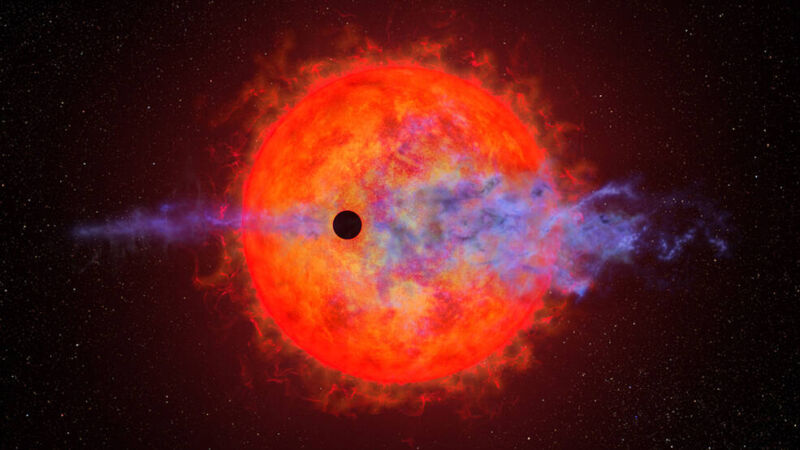-
 chevron_right
chevron_right
Astronomers have solved the mystery of why this black hole has the hiccups
news.movim.eu / ArsTechnica · Thursday, 28 March - 19:56 · 1 minute

Enlarge / Scientists have found a large black hole that “hiccups,” giving off plumes of gas. (credit: Jose-Luis Olivares, MIT)
In December 2020, astronomers spotted an unusual burst of light in a galaxy roughly 848 million light-years away—a region with a supermassive black hole at the center that had been largely quiet until then. The energy of the burst mysteriously dipped about every 8.5 days before the black hole settled back down, akin to having a case of celestial hiccups.
Now scientists think they've figured out the reason for this unusual behavior. The supermassive black hole is orbited by a smaller black hole that periodically punches through the larger object's accretion disk during its travels, releasing a plume of gas. This suggests that black hole accretion disks might not be as uniform as astronomers thought, according to a new paper published in the journal Science Advances.
Co-author Dheeraj "DJ" Pasham of MIT's Kavli Institute for Astrophysics and Space research noticed the community alert that went out after the All Sky Automated Survey for SuperNovae (ASAS-SN) detected the flare, dubbed ASASSN-20qc. He was intrigued and still had some allotted time on the X-ray telescope, called NICER (the Neutron star Interior Composition Explorer) on board the International Space Station. He directed the telescope to the galaxy of interest and gathered about four months of data, after which the flare faded.






